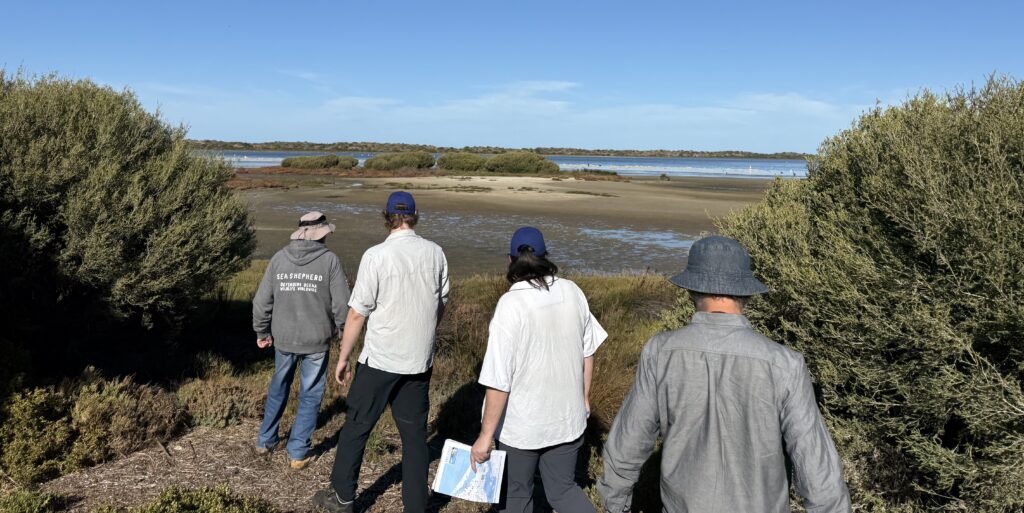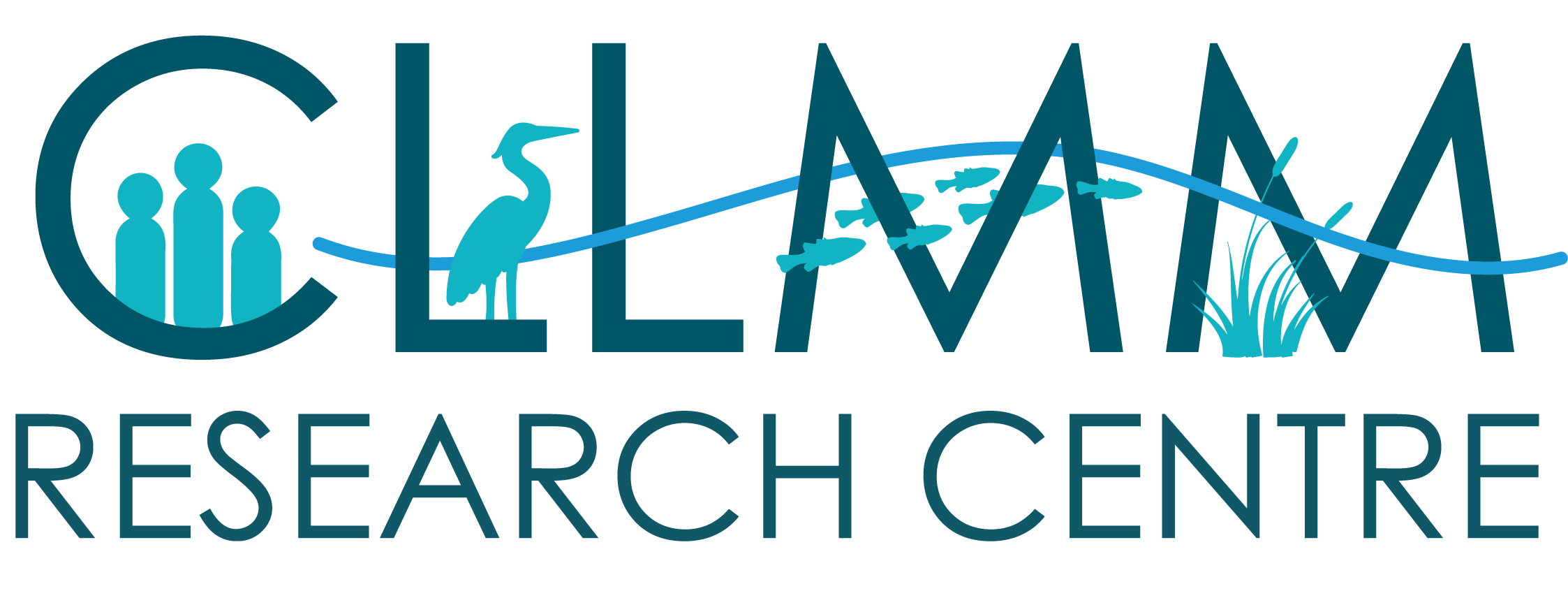
Activity is ramping up on our “Evaluation of ecosystem responses and local knowledge to improve future CLLMM landscape revegetation” project. The project is assessing how extensive revegetation – over five million native plants put in the ground through the DEW’s CLLMM Recovery Project – between 2011 to 2015 following the Millennium Drought has helped to restore landscapes of the region.
To deliver the project, a diverse project team, led by Associate Professor Martin Breed
(Flinders University) has been assembled, consisting of university scientists (Flinders University, University of Melbourne, University of Adelaide and University of South Australia), environmental organisations (Nature Glenelg Trust, Birdlife Australia, AU2100 and Second Nature Conservancy), community groups (Kumarangk Hindmarsh Island Landcare Group),
First Nations (NLPAC and Ngarrindjeri Aboriginal Corporation) and local government
(Coorong District Council). The landowners with revegetation on their properties make up/round out the expertise on the monitoring teams.
This Spring, ecological surveys will focus on revegetation success, birdlife and soil biodiversity at more than 75 sites that were last assessed in 2015. By revisiting these sites ten years since they were last sampled. and employing consistent methods, will allow evaluation of how successful the revegetation has been.
Project team member Dr Sacha Jellinek from the University of Melbourne said, “trying to restore the region after the Millennium Drought took a lot of effort from many passionate people, so I’m really excited to see how birds and plants have come back into the local landscape and how this has made the region more robust to future climates”.
An important aspect of the project is social surveys to gain the insights of two groups critical to the success of revegetation initiatives: the landowners who allowed revegetation to occur on their properties and the practitioners who work hard to deliver the revegetation. These social surveys and workshopping will help to capture the perspectives on benefits, priorities, and challenges of revegetation plantings in the CLLMM region and help to make recommendation on future planting strategies.
Project team member Dr Kerri Muller from AU2100, who alongside Bri Le Busque from University of South Australia, is delivering the social surveys highlighted their importance “we know that our region is changing, and that our revegetation community of landowners and revegetation practitioners have a wealth of knowledge to build on the outcomes of the ecological surveys to help us understand those changes and work out together how best to revegetate in the future”. If you’re passionate about revegetation in the region and you’d like to be involved in the survey you can register your interest by emailing info@cllmmresearchcentre.org
